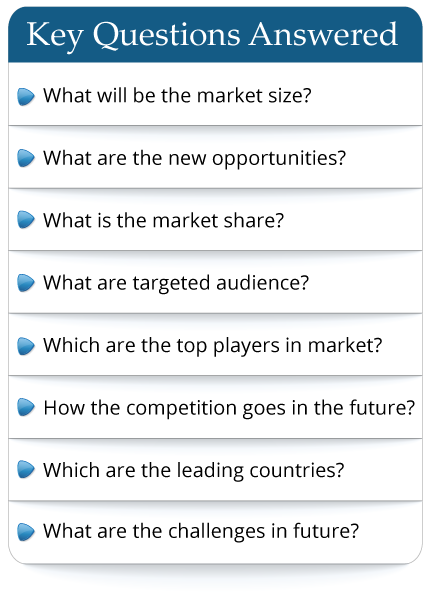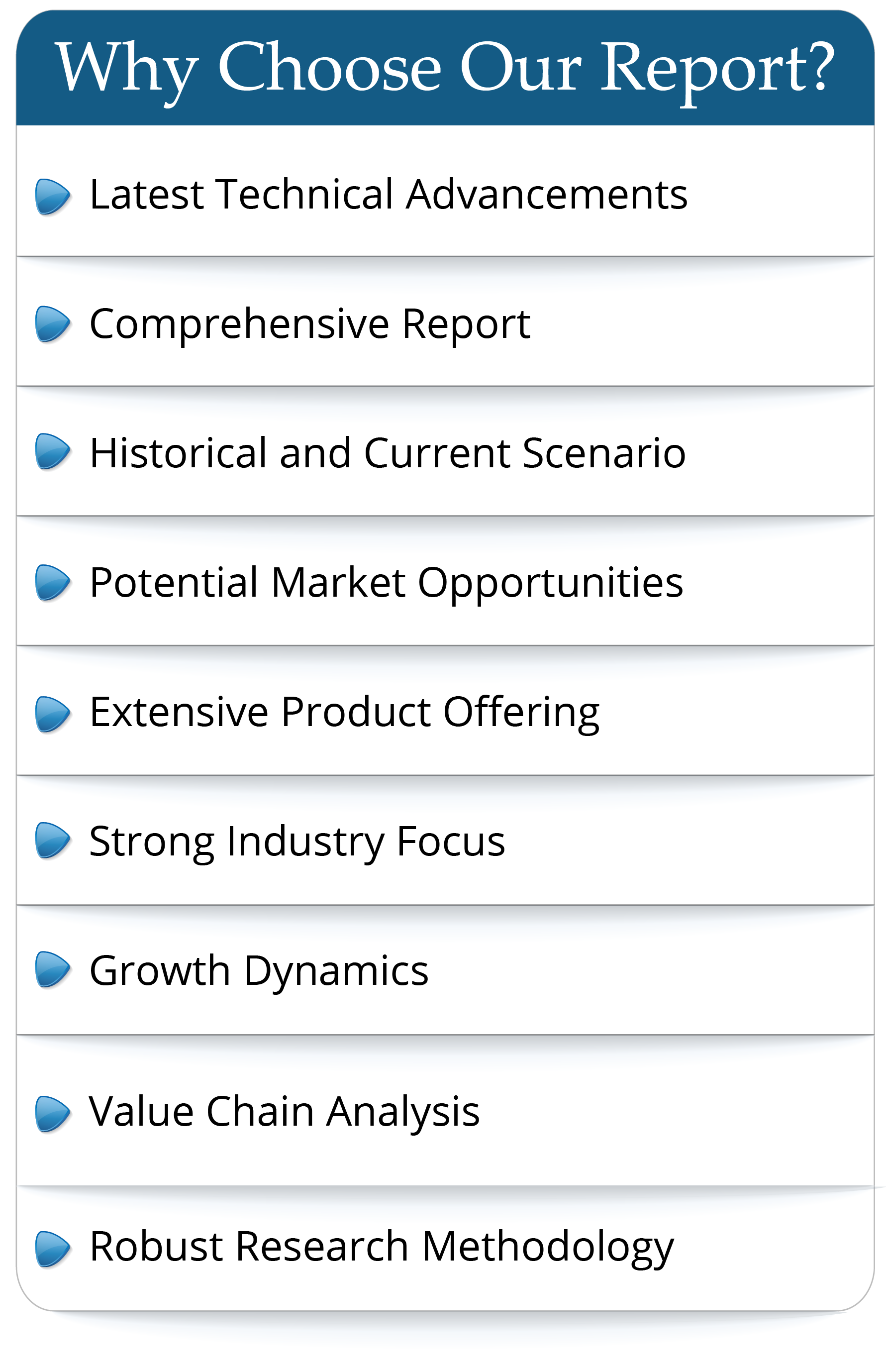U-Shaped Glass is a U shaped cast glass. Cast in sheet form whilst still molten, it is rolled and the side wings are formed to create a U shaped profile. It is commonly referred to as ‘channel glass’ and each individual length ‘a blade’.
It can be used internally and externally and is a very popular glazing solution selected by architects because of its unique, aesthetic characteristics. U-Shaped Glass can be used in straight and curved applications and the channels can be fixed horizontally or vertically. The blades can be installed single or double glazed.
One of the main benefits to architects is that U-Shaped Glass is available in varying dimensions, up to a maximum of 7 metre lengths, and is designed to be cut to size. The nature of how U glass is connected and secured to the perimeter frames means that by fitting the blades vertically, long U-Shaped Glass facades can be achieved without the need to break the design with (visible) intermediate supports.
The global Annealed U-Shaped Glass market was valued at US$ 837 million in 2023 and is anticipated to reach US$ 1144.1 million by 2030, witnessing a CAGR of 4.6% during the forecast period 2024-2030.
Architectural Applications: Annealed u-shaped glass is widely used in contemporary architectural designs. It is often employed in building facades, interior partitions, railings, and other architectural elements due to its aesthetic appeal and versatility in design.
Increased Demand for Unique Designs: The demand for custom and unique designs in architectural glass has been rising. Annealed u-shaped glass provides architects and designers with the flexibility to create distinct and visually appealing structures, contributing to the increasing demand for this product.
Energy Efficiency and Sustainability: There's a growing trend toward incorporating energy-efficient and sustainable building materials, including u-shaped glass. Manufacturers are developing annealed glass with improved insulation properties to enhance energy efficiency and reduce a building's environmental impact.
This report aims to provide a comprehensive presentation of the global market for Annealed U-Shaped Glass, with both quantitative and qualitative analysis, to help readers develop business/growth strategies, assess the market competitive situation, analyze their position in the current marketplace, and make informed business decisions regarding Annealed U-Shaped Glass.
Report Scope
The Annealed U-Shaped Glass market size, estimations, and forecasts are provided in terms of output/shipments (Tons) and revenue ($ millions), considering 2023 as the base year, with history and forecast data for the period from 2019 to 2030. This report segments the global Annealed U-Shaped Glass market comprehensively. Regional market sizes, concerning products by Type, by Application, and by players, are also provided.
For a more in-depth understanding of the market, the report provides profiles of the competitive landscape, key competitors, and their respective market ranks. The report also discusses technological trends and new product developments.
The report will help the Annealed U-Shaped Glass manufacturers, new entrants, and industry chain related companies in this market with information on the revenues, production, and average price for the overall market and the sub-segments across the different segments, by company, by Type, by Application, and by regions.
Market Segmentation
By Company
Pilkington
Lamberts
Saint-Gobain
AGC
PPG Industries
Persimaster SL
Bendheim
Himalaya Abadi
ASG
JinYaoTianYi Glass Technology
Laber Share
Hangzhou Xiangjie Glass
Qingdao Laurel Glass Technology
Tianjin Xinbao Glass
Segment by Type
Transparent
Translucent
Segment by Application
Residential Building
Commercial Building
Others
Production by Region
North America
Europe
China
Japan
Consumption by Region
North America
United States
Canada
Europe
Germany
France
U.K.
Italy
Russia
Asia-Pacific
China
Japan
South Korea
China Taiwan
Southeast Asia
India
Latin America, Middle East & Africa
Mexico
Brazil
Turkey
GCC Countries
Chapter Outline
Chapter 1: Introduces the report scope of the report, executive summary of different market segments (by region, by Type, by Application, etc), including the market size of each market segment, future development potential, and so on. It offers a high-level view of the current state of the market and its likely evolution in the short to mid-term, and long term.
Chapter 2: Detailed analysis of Annealed U-Shaped Glass manufacturers competitive landscape, price, production and value market share, latest development plan, merger, and acquisition information, etc.
Chapter 3: Production/output, value of Annealed U-Shaped Glass by region/country. It provides a quantitative analysis of the market size and development potential of each region in the next six years.
Chapter 4: Consumption of Annealed U-Shaped Glass in regional level and country level. It provides a quantitative analysis of the market size and development potential of each region and its main countries and introduces the market development, future development prospects, market space, and production of each country in the world.
Chapter 5: Provides the analysis of various market segments by Type, covering the market size and development potential of each market segment, to help readers find the blue ocean market in different market segments.
Chapter 6: Provides the analysis of various market segments by Application, covering the market size and development potential of each market segment, to help readers find the blue ocean market in different downstream markets.
Chapter 7: Provides profiles of key players, introducing the basic situation of the main companies in the market in detail, including product production/output, value, price, gross margin, product introduction, recent development, etc.
Chapter 8: Analysis of industrial chain, including the upstream and downstream of the industry.
Chapter 9: Introduces the market dynamics, latest developments of the market, the driving factors and restrictive factors of the market, the challenges and risks faced by manufacturers in the industry, and the analysis of relevant policies in the industry.
Chapter 10: The main points and conclusions of the report.
It can be used internally and externally and is a very popular glazing solution selected by architects because of its unique, aesthetic characteristics. U-Shaped Glass can be used in straight and curved applications and the channels can be fixed horizontally or vertically. The blades can be installed single or double glazed.
One of the main benefits to architects is that U-Shaped Glass is available in varying dimensions, up to a maximum of 7 metre lengths, and is designed to be cut to size. The nature of how U glass is connected and secured to the perimeter frames means that by fitting the blades vertically, long U-Shaped Glass facades can be achieved without the need to break the design with (visible) intermediate supports.
The global Annealed U-Shaped Glass market was valued at US$ 837 million in 2023 and is anticipated to reach US$ 1144.1 million by 2030, witnessing a CAGR of 4.6% during the forecast period 2024-2030.
Architectural Applications: Annealed u-shaped glass is widely used in contemporary architectural designs. It is often employed in building facades, interior partitions, railings, and other architectural elements due to its aesthetic appeal and versatility in design.
Increased Demand for Unique Designs: The demand for custom and unique designs in architectural glass has been rising. Annealed u-shaped glass provides architects and designers with the flexibility to create distinct and visually appealing structures, contributing to the increasing demand for this product.
Energy Efficiency and Sustainability: There's a growing trend toward incorporating energy-efficient and sustainable building materials, including u-shaped glass. Manufacturers are developing annealed glass with improved insulation properties to enhance energy efficiency and reduce a building's environmental impact.
This report aims to provide a comprehensive presentation of the global market for Annealed U-Shaped Glass, with both quantitative and qualitative analysis, to help readers develop business/growth strategies, assess the market competitive situation, analyze their position in the current marketplace, and make informed business decisions regarding Annealed U-Shaped Glass.
Report Scope
The Annealed U-Shaped Glass market size, estimations, and forecasts are provided in terms of output/shipments (Tons) and revenue ($ millions), considering 2023 as the base year, with history and forecast data for the period from 2019 to 2030. This report segments the global Annealed U-Shaped Glass market comprehensively. Regional market sizes, concerning products by Type, by Application, and by players, are also provided.
For a more in-depth understanding of the market, the report provides profiles of the competitive landscape, key competitors, and their respective market ranks. The report also discusses technological trends and new product developments.
The report will help the Annealed U-Shaped Glass manufacturers, new entrants, and industry chain related companies in this market with information on the revenues, production, and average price for the overall market and the sub-segments across the different segments, by company, by Type, by Application, and by regions.
Market Segmentation
By Company
Pilkington
Lamberts
Saint-Gobain
AGC
PPG Industries
Persimaster SL
Bendheim
Himalaya Abadi
ASG
JinYaoTianYi Glass Technology
Laber Share
Hangzhou Xiangjie Glass
Qingdao Laurel Glass Technology
Tianjin Xinbao Glass
Segment by Type
Transparent
Translucent
Segment by Application
Residential Building
Commercial Building
Others
Production by Region
North America
Europe
China
Japan
Consumption by Region
North America
United States
Canada
Europe
Germany
France
U.K.
Italy
Russia
Asia-Pacific
China
Japan
South Korea
China Taiwan
Southeast Asia
India
Latin America, Middle East & Africa
Mexico
Brazil
Turkey
GCC Countries
Chapter Outline
Chapter 1: Introduces the report scope of the report, executive summary of different market segments (by region, by Type, by Application, etc), including the market size of each market segment, future development potential, and so on. It offers a high-level view of the current state of the market and its likely evolution in the short to mid-term, and long term.
Chapter 2: Detailed analysis of Annealed U-Shaped Glass manufacturers competitive landscape, price, production and value market share, latest development plan, merger, and acquisition information, etc.
Chapter 3: Production/output, value of Annealed U-Shaped Glass by region/country. It provides a quantitative analysis of the market size and development potential of each region in the next six years.
Chapter 4: Consumption of Annealed U-Shaped Glass in regional level and country level. It provides a quantitative analysis of the market size and development potential of each region and its main countries and introduces the market development, future development prospects, market space, and production of each country in the world.
Chapter 5: Provides the analysis of various market segments by Type, covering the market size and development potential of each market segment, to help readers find the blue ocean market in different market segments.
Chapter 6: Provides the analysis of various market segments by Application, covering the market size and development potential of each market segment, to help readers find the blue ocean market in different downstream markets.
Chapter 7: Provides profiles of key players, introducing the basic situation of the main companies in the market in detail, including product production/output, value, price, gross margin, product introduction, recent development, etc.
Chapter 8: Analysis of industrial chain, including the upstream and downstream of the industry.
Chapter 9: Introduces the market dynamics, latest developments of the market, the driving factors and restrictive factors of the market, the challenges and risks faced by manufacturers in the industry, and the analysis of relevant policies in the industry.
Chapter 10: The main points and conclusions of the report.
Frequently Asked Questions
This market study covers the global and regional market with an
in-depth analysis of the
overall growth prospects...
- By product type
- By End User/Applications
- By Technology
- By Region
The report provides a detailed evaluation of the market by
highlighting information on
different aspects including drivers, restraints...

 Pre-order Enquiry
Pre-order Enquiry Download Free Sample
Download Free Sample












